Verizon has the fastest LTE network in western regions of the United States, while its up-and-coming rival T-Mobile has the top speeds throughout the east coast, according to a recent study by OpenSignal, which crowdsourced signal data from nearly 170,000 smartphone users who downloaded the OpenSignal app.
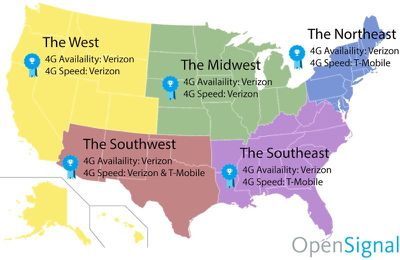
OpenSignal divided the United States into five regions—the Midwest, Northeast, Southeast, Southwest, and West—and found that Verizon had the fastest LTE speeds in the West and Midwest, while T-Mobile was tops in the Northeast and Southeast. Verizon and T-Mobile had a statistical tie in the Southwest.
Verizon had an average download speed of 20 Mbps in the Midwest, for example, compared to 18.4 Mbps for T-Mobile. Meanwhile, in the Northeast, T-Mobile's average download speed was 18.6 Mbps versus 17 Mbps for Verizon. OpenSignal's testing was completed in the fourth quarter of 2016.
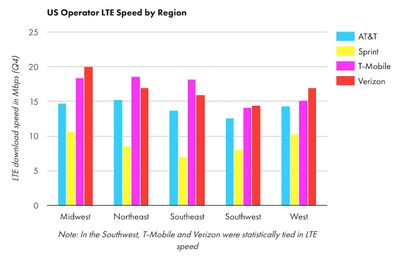
LTE speeds among all "Big Four" carriers in the United States, namely AT&T, Verizon, Sprint, and T-Mobile, were fastest in the Midwest overall, while lowest in the Southwest, said OpenSignal.
The geographical breakdown is a follow-up to OpenSignal's latest State of Mobile Networks report published last week. The original report, which included a city-by-city breakdown, found Verizon had the faster network in a number of major cities, including Chicago, Houston, Los Angeles, New York, and San Francisco.



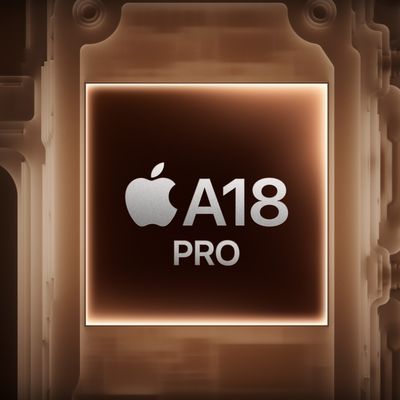
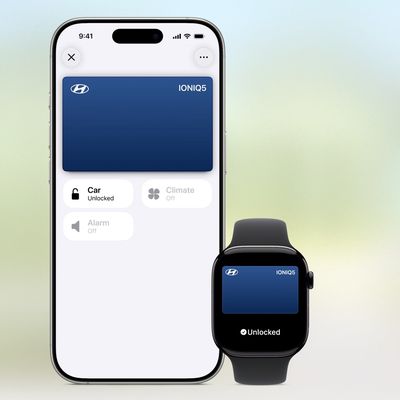

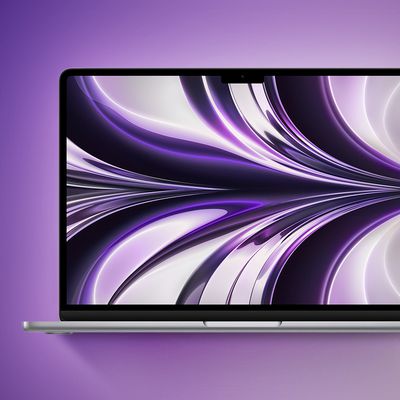


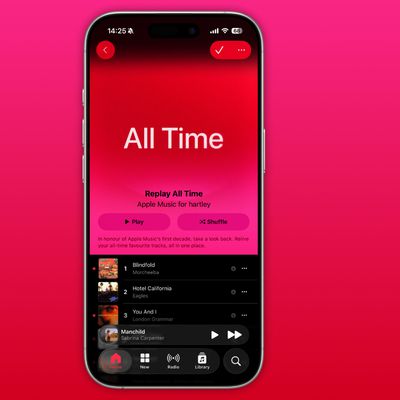












Top Rated Comments
However, for those that travel often in remote areas or live there, I totally understand.
Now what about when the weekend is over and you'd like to use Google Maps to figure out how to get home again? Or if you got lost hiking and would like to use your phone to find your way back to the campsite?
There are plenty of reasons why you want signal even in the wilderness that do not include people wanting 24/7 access to their social media feeds.